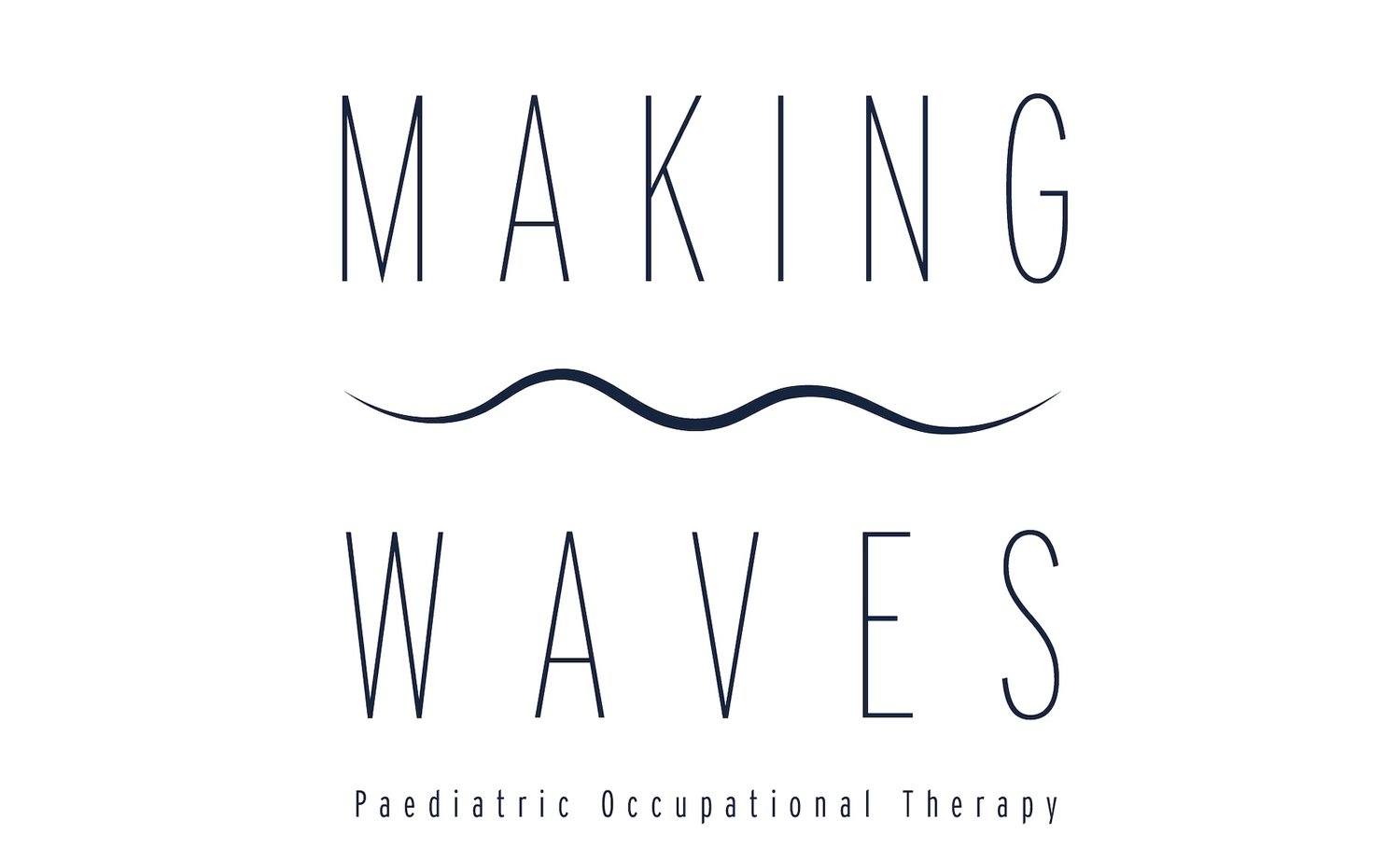The importance of recess and lunch time.
As an Occupational Therapist, I am having conversations each day about to how to support children in the classroom and how to make school a place where the children feel safe, supported and a place where they want to be. I get asked frequently about how to get a child to “do what they are told” or “do non-preferred activities” or “sit longer” or “listen”. We often ask a lot of children who are still learning these skills or have other factors at play that makes meeting expectations really difficult.
Expectations are set by the teachers and parents and often require some adjustments based on the abilities of the child. Each day can bring a new set of challenges for a child that may be displaying “behaviours of concern”. This requires a deep dive into the current expectations and understanding why the child isn’t able to meet them in the first place (I’ll give you a hint, we don’t need to increase the rewards or add bribes. We also don’t need to increase the punishments.)
I have observed classrooms that use the threat of not being able to access recess and lunch to gain a desired behaviour instead of understanding why the child isn’t able to participate or meet the expectations in the first place. I have also observed teachers follow through and actually take away their play times and limit their opportunities to interact and to move when it is needed most.
According to Youth Law Australia, “Each school makes their own rules and sets reasonable punishments for breaking these rules”. The laws state that a teacher is within their administrative right to hold students after the bell if it’s to the benefit of their education, or simply as a punishment for misbehaviour.
The only limit that is offered is “detention should not last so long that you don’t have time to eat your lunch or have a break from lessons”. This may look like 10-20 minutes from a child’s lunch or recess time if this is what the school has decided as best practice for supporting a child who is not meeting expectations.
A decade ago, a Gallup poll of elementary school principals in the US suggests that the best way to boost learning may exist outside on the playground at recess.
The Robert Wood Johnson Foundation, the National Association of Elementary School Principals and Playworks surveyed almost 2,000 principles in the US. Key findings from the survey included:
- 4 out of 5 principals report that recess has a positive impact on academic achievement.
- Two-thirds of principal’s report that students listen better after recess and are more focused in class.
- Virtually all believe that recess has a positive impact on children’s social development (96%) and general well-being (97%).
However, in another study by the Robert Wood Johnson Foundation, 77% of principals reported taking recess away as a punishment. Which doesn’t make too much sense to me!
Greg Santucci, Occupational Therapist and creator of the Model of Child Engagement, has unpacked the danger in removing recess as a way for a teacher to “teach them a lesson” or because the child “owes the teacher time”. This is certainly not going to encourage a positive relationship between the teacher and the student. If a child disrupted the class or made the teacher frustrated, the teacher should not be aiming to “get back” at the child or “make them pay”.
If a child can’t meet the expectations, we need to understand why. If there is a behaviour of concern, then we should be focusing on why they are displaying these behaviours in the first place. Removing recess and lunch does not teach skills to support their learning. For example, if a teacher is taking away recess for a child who is moving too much on the mat or calling out in class or having difficulties interacting with other children, then we should be directing our efforts to help solve those problems. Ross Greene’s Collaborative & Proactive Solutions (CPS) is an evidence-based solution that encourages teaching skills to solve the unsolved problems, not punishing the unsolved problems.
Taking away recess solves no problems, however it creates many unintended consequences.
Taking away recess is:
- Withholding a self-regulation tool
- Withholding an opportunity for social development
- Withholding physical activity that will help them meet the expectations of the classroom
- Withholding a needed break from the rigours of school
It is also making a child lose trust in the person who used their power in order to “teach them a lesson”.

